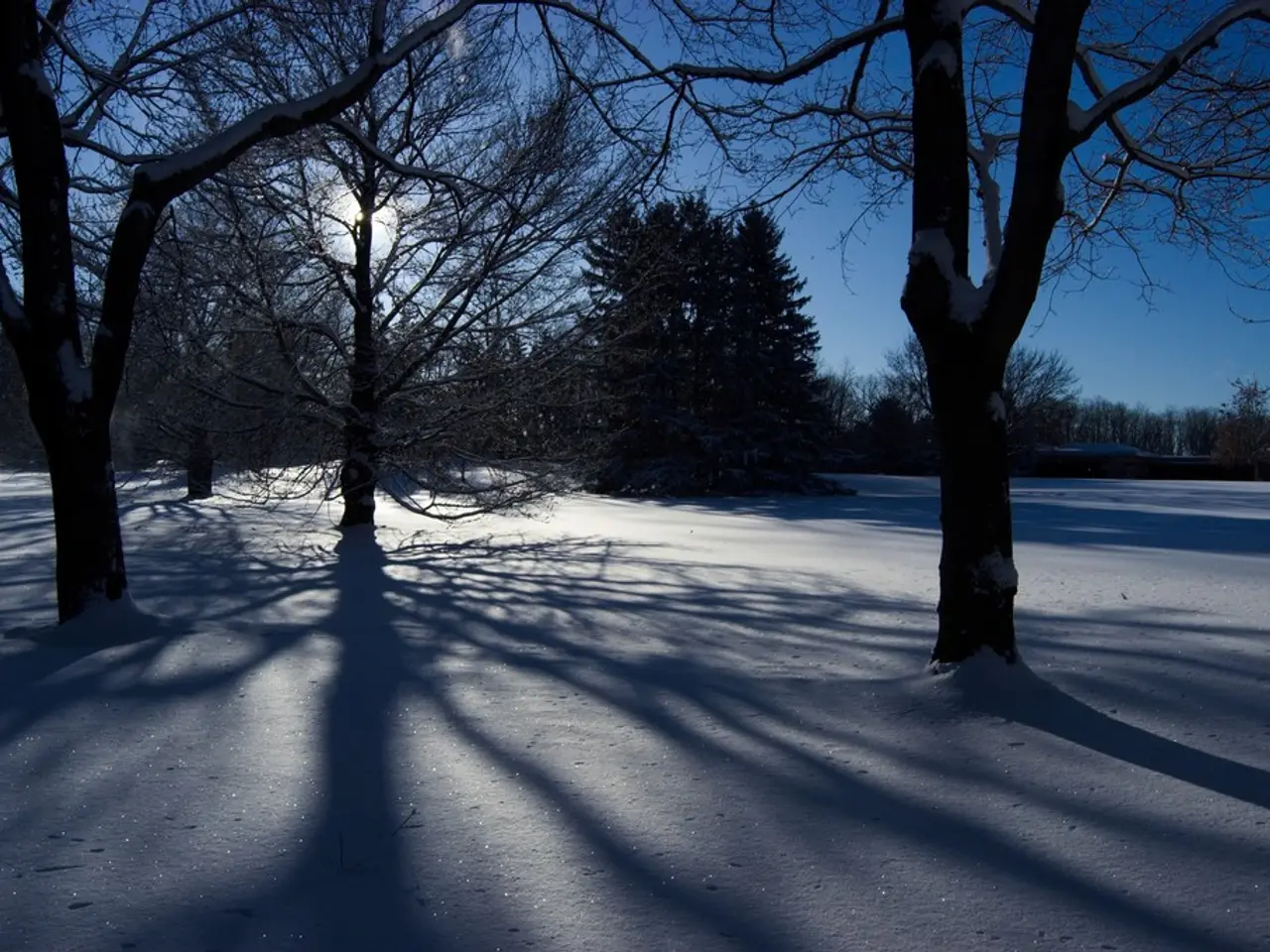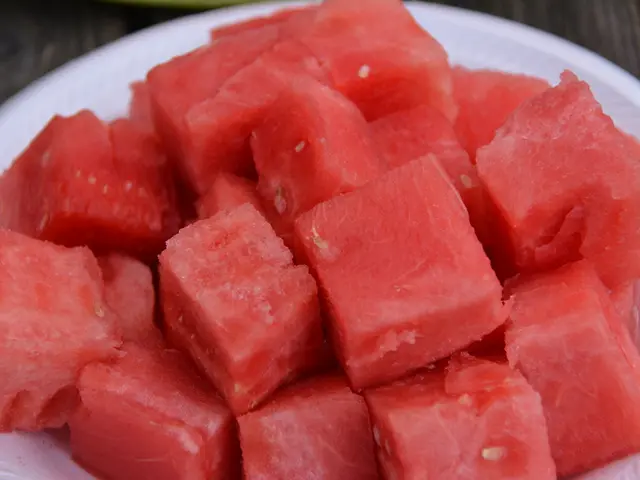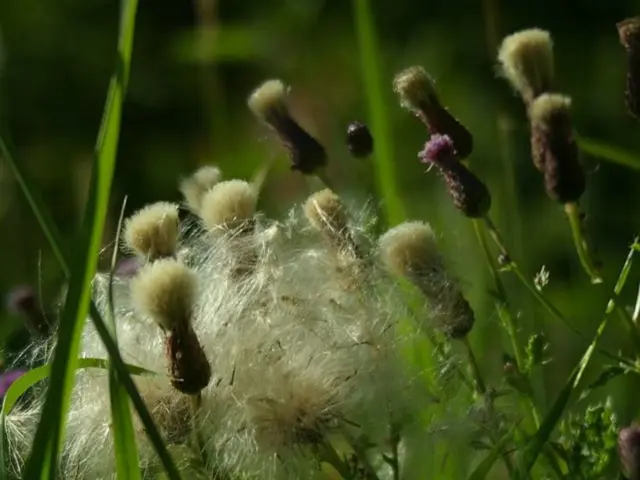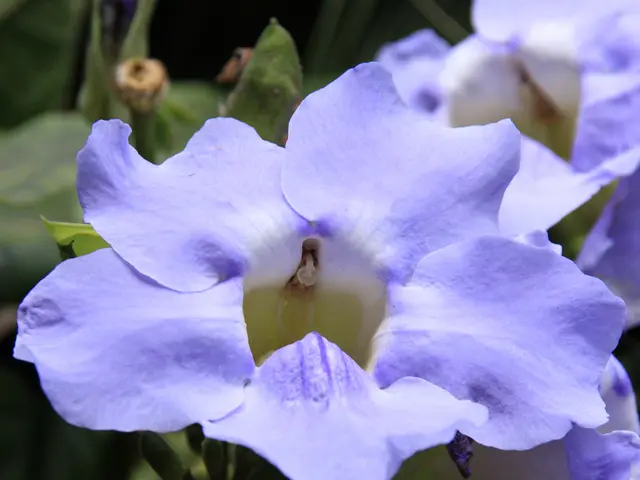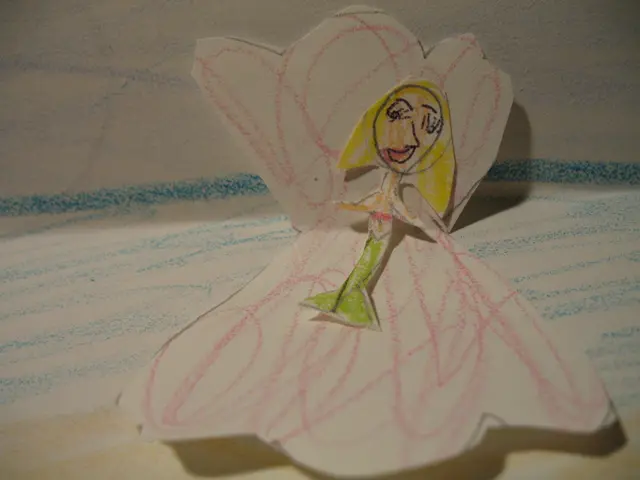Protect Trees From Frost and Sunburn: Expert Autumn Whitewashing Tips
Tree care experts recommend whitewashing tree trunks to protect them from frost and sunburn. The ideal height for this process is typically up to about 1 meter, with the most effective time being in autumn. Before applying the whitewash, clean the bark using a wooden scraper or brush to remove old whitewash, moss, and loose flakes. In Russia, whitewashing should be done before late November in the south and by October in the north and central areas, during dry weather without nighttime frosts. The ideal thickness of the whitewash layer is 2–3 millimeters, applied in two or three layers for better density. Young trees can also be whitewashed along one-third of their main branches for added protection. Spring whitewashing provides extra protection but is less effective than autumn treatment. The optimal height for whitewashing is 1–1.5 meters from the ground for most trees. Before application, disinfect the surface with a 2–3% copper sulfate solution. If the weather is damp, add glue to the mixture for better adhesion. Apply the whitewash solution in dry weather, during the day, at temperatures no lower than +3°C (+37°F). Autumn is the most effective time for whitewashing trees as the bark is prepared for winter and the whitewash can set before frost. By following these guidelines, tree owners can effectively protect their trees from frost and sunburn.
